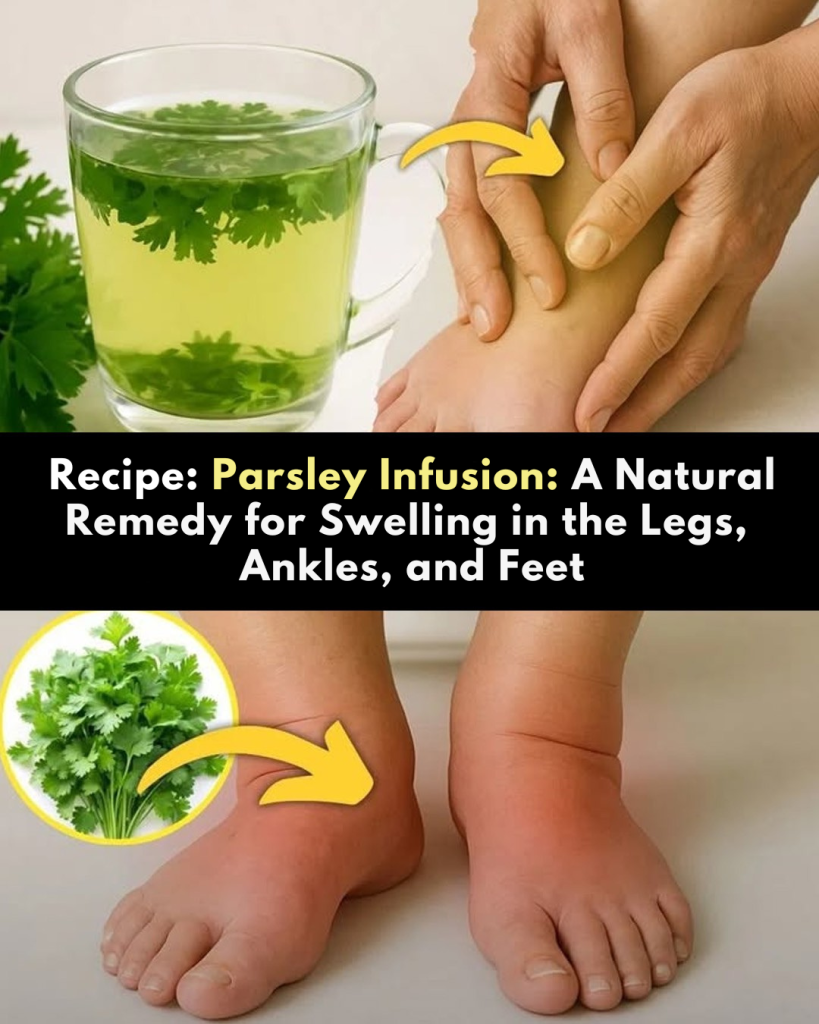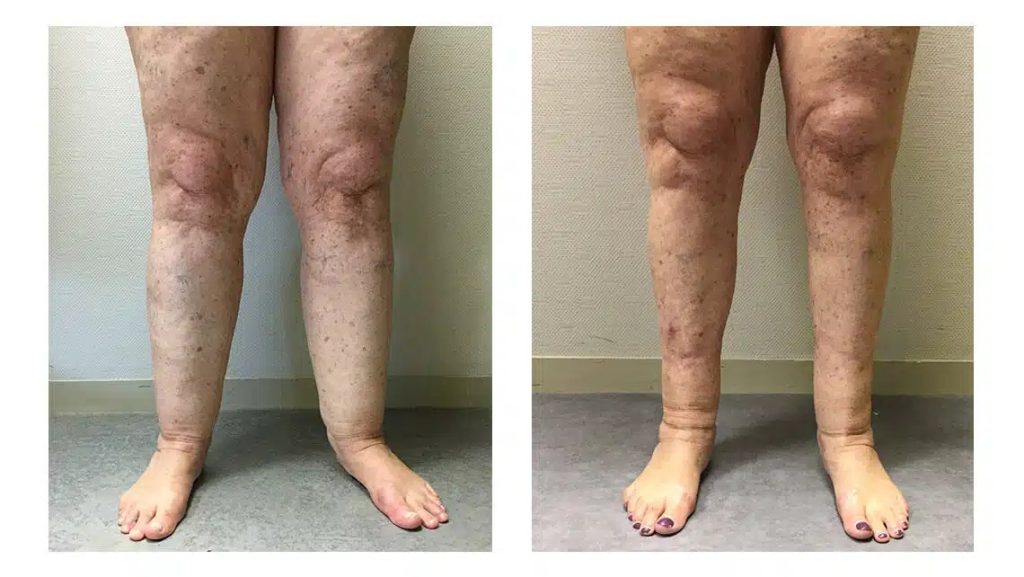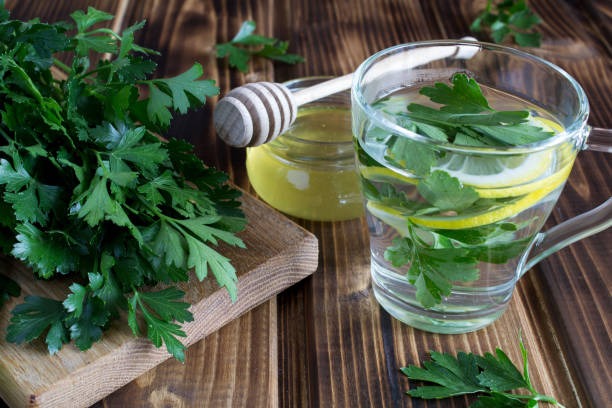
Parsley might be something you toss onto your meals without much thought, but beneath those delicate green leaves lies a powerful wellness tool. Traditionally used in herbal remedies, parsley has long been valued for its impact on water retention and blood flow. Brewed into tea, it turns into a gentle and refreshing drink that supports lighter, more comfortable legs—naturally.
Why Parsley Tea Helps with Heavy Legs

This small but mighty herb packs an impressive punch:
- Natural Diuretic: Parsley gently encourages the body to flush out excess water, helping reduce swelling caused by fluid buildup.
- Circulation Boost: With antioxidants like vitamins C and A and flavonoids, it supports healthy blood flow.
- Soothes Inflammation: Its natural anti-inflammatory compounds can calm irritated tissues and ease that “tight” sensation.
- Kidney Support: It helps your body eliminate extra salt, which is often linked to puffiness and bloating
How to Make Parsley Tea at Home

Crafting this herbal remedy takes just minutes. Here’s how:
Ingredients
- 15 grams of fresh chopped parsley (or 2 teaspoons dried)
- 500 ml of filtered water
- Juice of ½ a lemon or 1 teaspoon of honey (optional)
Instructions
- Bring the water to a gentle boil.
- Add parsley and let it simmer for 5 to 10 minutes.
- Strain the tea into a cup.
- Stir in lemon juice or honey if desired.
- Enjoy warm for relaxation or chilled for a refreshing summer sip.
When and How to Drink It

To feel the benefits:
- Start with 1 to 2 cups per day, ideally in the morning or early afternoon.
- Avoid late-night sipping to prevent nighttime bathroom trips, due to its diuretic properties.
- Try it consistently over several days to notice a reduction in heaviness and swelling.
A Few Precautions
While parsley tea is gentle, here’s what to keep in mind:
- Not suitable during pregnancy, unless cleared by a doctor.
- If you’re taking diuretics, blood thinners, or have kidney conditions, consult a healthcare provider first.
- Stick to the recommended amount—regular, modest use is more effective (and safer) than overdoing it.